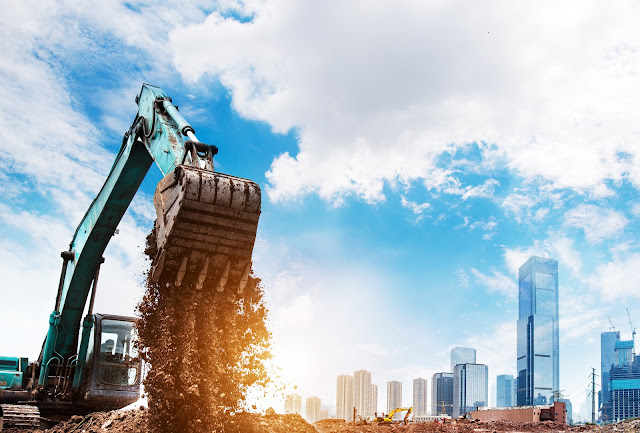How Commercial Demolition Contractors Keep Large Projects Safe
Demolition means breaking down old buildings. It is big work and can be risky. Contractors take down old buildings carefully before they put up new ones. They make safety the most essential part of the job. Business owners, builders, and managers need to understand how commercial demolition contractors ensure the safety of their workers.
This guide shows the steps these contractors take to protect workers, neighbours, and property during big projects.
Why Safety Matters
Demolition is dangerous. Workers may face falling debris, big machines, weak buildings, and harmful dust. On large sites, many teams work together, which makes safety harder.
By using strict safety rules, commercial demolition contractors protect workers and the public. When workers ignore safety, accidents cause delays, fines, and damage. That is why contractors always put safety first.
Careful Planning
Before work starts, contractors make a clear plan. They inspect the building, identify potential dangers, and devise a step-by-step plan to bring it down.
They consider the type of building, the strength of the walls, nearby power lines, and the impact on nature. Good planning helps prevent accidents.
Good planning also keeps neighbours safe. When contractors are aware of the risks, they can warn people nearby and ensure the area is closed off. Planning also helps manage traffic, noise, and dust before work starts. It makes the job safer for both workers and the community.
Following the Rules
Demolition must follow strict rules and laws. Good contractors follow UK safety laws and regulations set by the Health and Safety Executive (HSE).
They also get the proper permits, manage waste, and control dust and noise. Following the law keeps workers and the community safe.
Safety Gear
Workers wear protective gear, also called PPE. It includes helmets, gloves, boots, jackets, masks, and goggles.
PPE protects workers from falling objects, dust, and harmful materials. Contractors also train workers to use the gear the right way.
Safe Demolition Methods
Big projects need safe demolition methods. Contractors may use machines, small blasts, or take buildings apart piece by piece.
These methods prevent buildings from collapsing in the wrong direction. They also lower dust, noise, and debris.
Skilled and Trained Workers
Safe work needs trained workers. Contractors hire skilled staff who know how to use machines and follow safety rules.
Workers also receive regular training and participate in safety talks before starting work each day.
Using Technology
Technology helps keep work safe. Drones, scanners, and remote-controlled machines enable contractors to inspect buildings and perform risky jobs from a distance.
Monitoring systems track workers and identify areas for improvement. It makes work safer and reduces mistakes.
Being Ready for Emergencies
Even with planning, problems can happen. Contractors make emergency plans with clear steps for leaving the site, giving first aid, and reporting accidents.
It keeps injuries and damage low, helping work start again quickly.
Protecting the Public and Nature
Contractors protect not just workers but also the public and nature. They use barriers, signs, and fences to keep people out of danger zones.
They also use dust control systems, manage waste, and handle harmful materials like asbestos with care.
Daily Safety Checks
Contractors check safety every day. They inspect machines, gear, and site rules often.
It helps identify problems early before they worsen. Safety checks keep the project under control.
Conclusion
Keeping people safe on large-scale demolition projects requires effective planning, thorough training, and robust safety protocols. Commercial demolition contractors in London use safety gear, innovative methods, new tools, and emergency plans to protect everyone.
Hiring the right team makes sure work is done fast, safely, and with less risk. Companies like Fincham Demolition are experts in safe demolition. Their skilled team uses modern tools and strong safety rules to finish projects the right way, always putting safety first.



.jpg)
Comments
Post a Comment